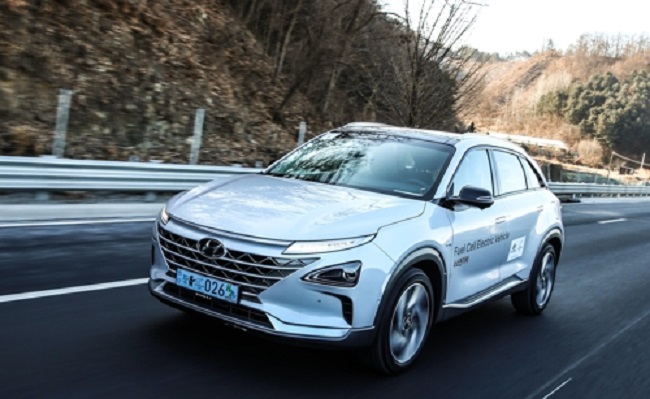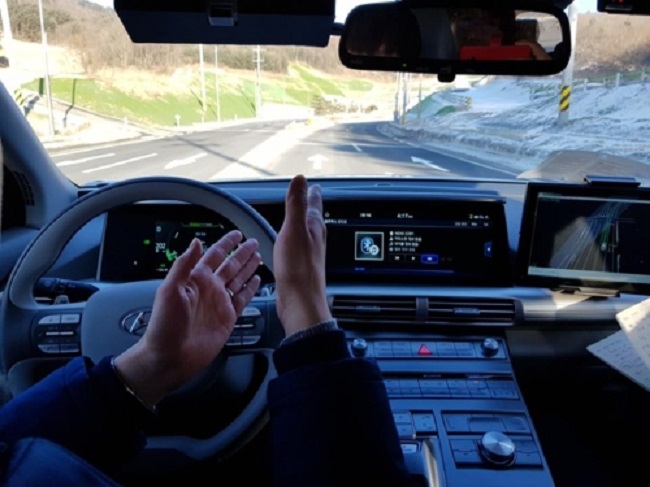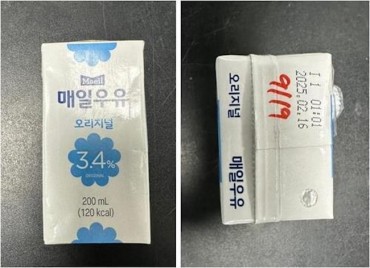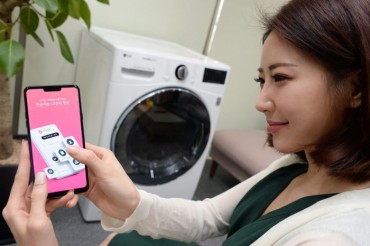
A 250-kilometer-long test drive proved that Hyundai Motor Co.’s hydrogen-powered Nexo is unrivaled in terms of fuel economy, but also illustrated how weak recharging infrastructure in South Korea remains a major hurdle for the growth of the next-generation vehicle. (Image: Yonhap)
PYEONGCHANG, South Korea, Feb. 6 (Korea Bizwire) — A 250-kilometer-long test drive proved that Hyundai Motor Co.’s hydrogen-powered Nexo is unrivaled in terms of fuel economy, but also illustrated how weak recharging infrastructure in South Korea remains a major hurdle for the growth of the next-generation vehicle.
The brand-new fuel cell electric vehicle (FCEV) was silent as it drove out of the parking space of Hyundai Motorstudio Goyang northwest of Seoul to begin the test drive to PyeongChang, the host city of the 2018 Winter Olympics.
On the motorway heading east towards the alpine resort town, the Nexo’s overall driving performance exceeded expectations, with both acceleration and deceleration being responsive and smooth, making for an enjoyable ride.
Among the key driver assistance technologies, the lane-following system worked perfectly even with no one actually directing the steering wheel.
As the Nexo has a range of 609 kilometers (378 miles) on a five-minute fill-up, which Hyundai says will cost 40,000 won (US$37) for a full charge, the fuel economy is excellent in terms of cost and good when it comes to charging time.
A total of 6.33 kilograms of compressed hydrogen can be injected into the Nexo’s three tanks, making it possible for the crossover to travel some 96.2 kilometers on a kilogram of fuel.

The brand-new fuel cell electric vehicle (FCEV) was silent as it drove out of the parking space of Hyundai Motorstudio Goyang northwest of Seoul to begin the test drive to PyeongChang, the host city of the 2018 Winter Olympics. (Image: Yonhap)
The Nexo is expected to be available to domestic consumers at around the mid 40 million won range, if government subsidies are reflected, with Hyundai saying it aims to sell some 10,000 NEXOs globally by 2022.
Despite its many attributes, the vehicle is not without certain shortcomings, which seem to affect many eco-friendly cars. Such cars tend to put a premium on weight reduction, which often results in less sound insulation for the cabin.
The lack of an internal combustion engine further heightened the wind noise coming from the side windows and the road as the car moved forward on 17-inch tires.
The more than 40 buttons on a center console were a bit difficult to master on the first try, and the navigation system was sometimes less than prompt in providing directions to the driver.
More than anything else, charging infrastructure needs to be set up to spur consumer demand for the emission-free FCEV.
Hyundai plans to increase the number of hydrogen charging stations to 36 by the end of this year from the current 13. That the total is still small compared with the roughly 100 already built in Japan.
After the test-drive, the Nexo showed off its Level 3 autonomous driving technology.
Over the seven-kilometer and 12 minute-long course prepared by Hyundai Motor, a company engineer showed the car’s autonomous controls that required no human input in steering, acceleration and deceleration.
There are six levels of autonomous driving, from Level 0 in which the driver is fully in charge of all aspects of driving, to Level 5, in which a vehicle is completely operated by an automated driving system.
Hyundai has recently partnered with Aurora Innovation, a U.S. self-driving car startup, to commercialize the Level 4 driverless car technologies, which could be operated in smart cities by 2021.
The Nexo will be used in Aurora test programs after being installed with an autonomous driving platform. Aurora is founded by autonomous vehicle engineers from Google, Tesla and Uber.
(Yonhap)






